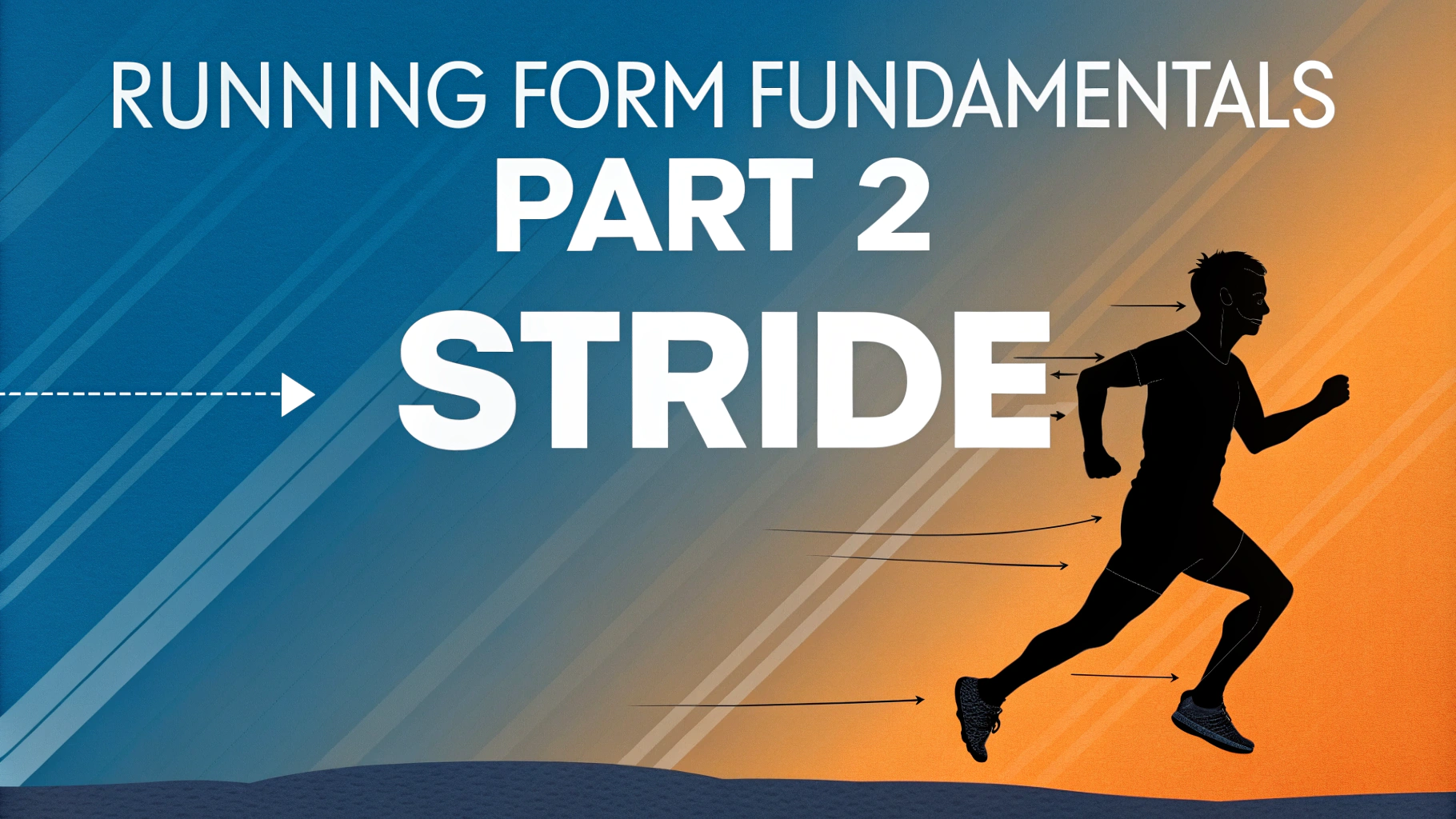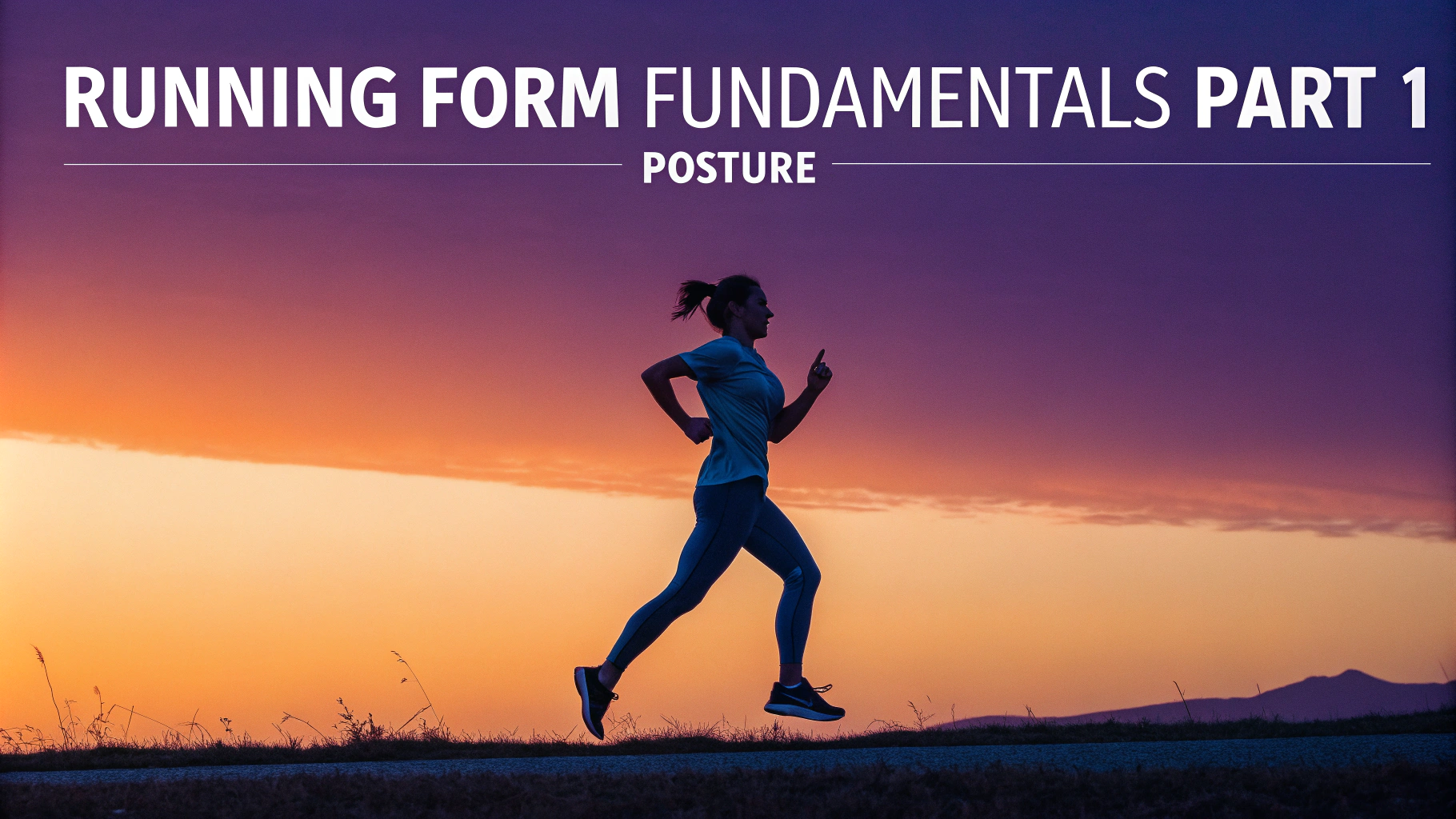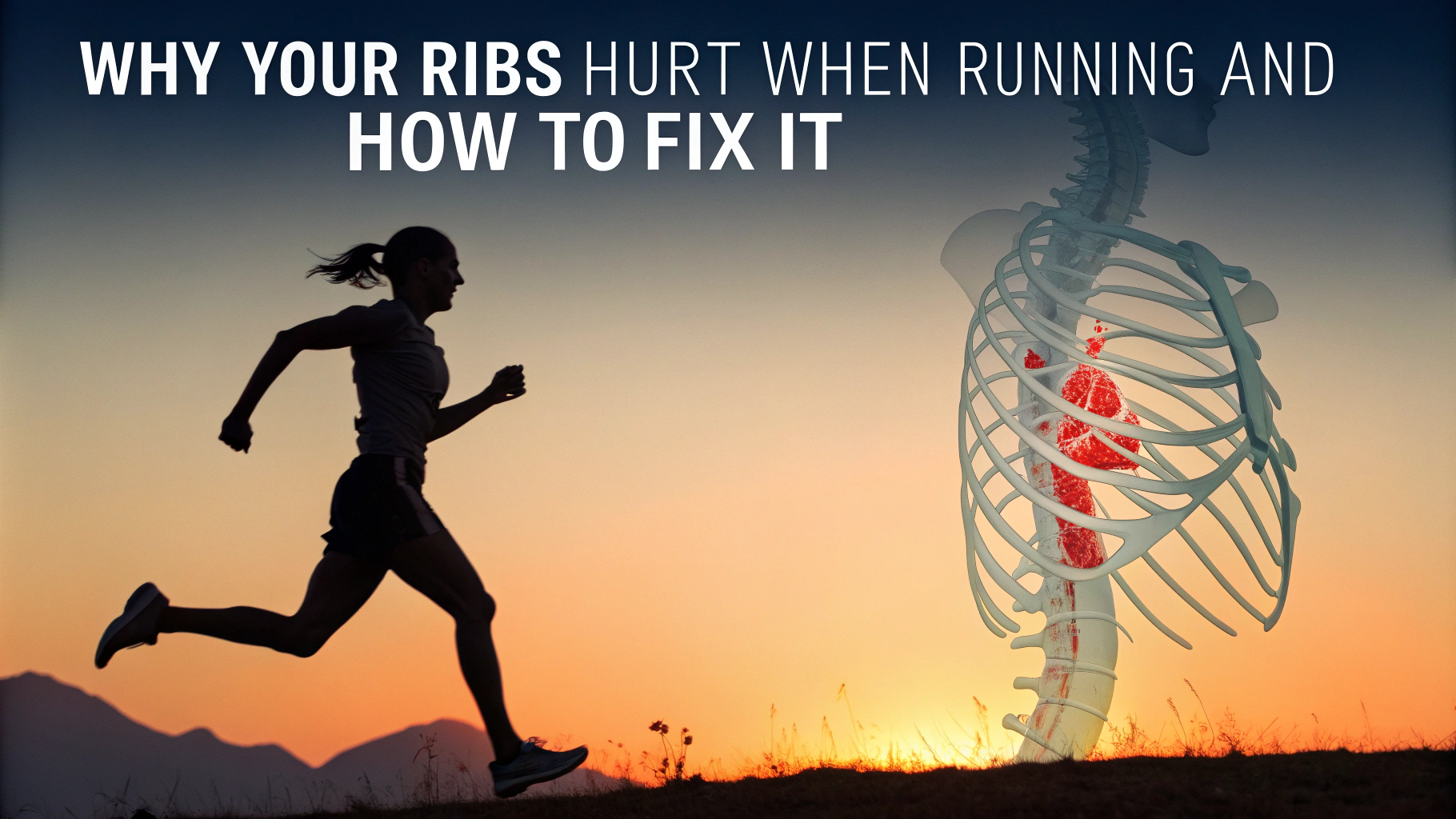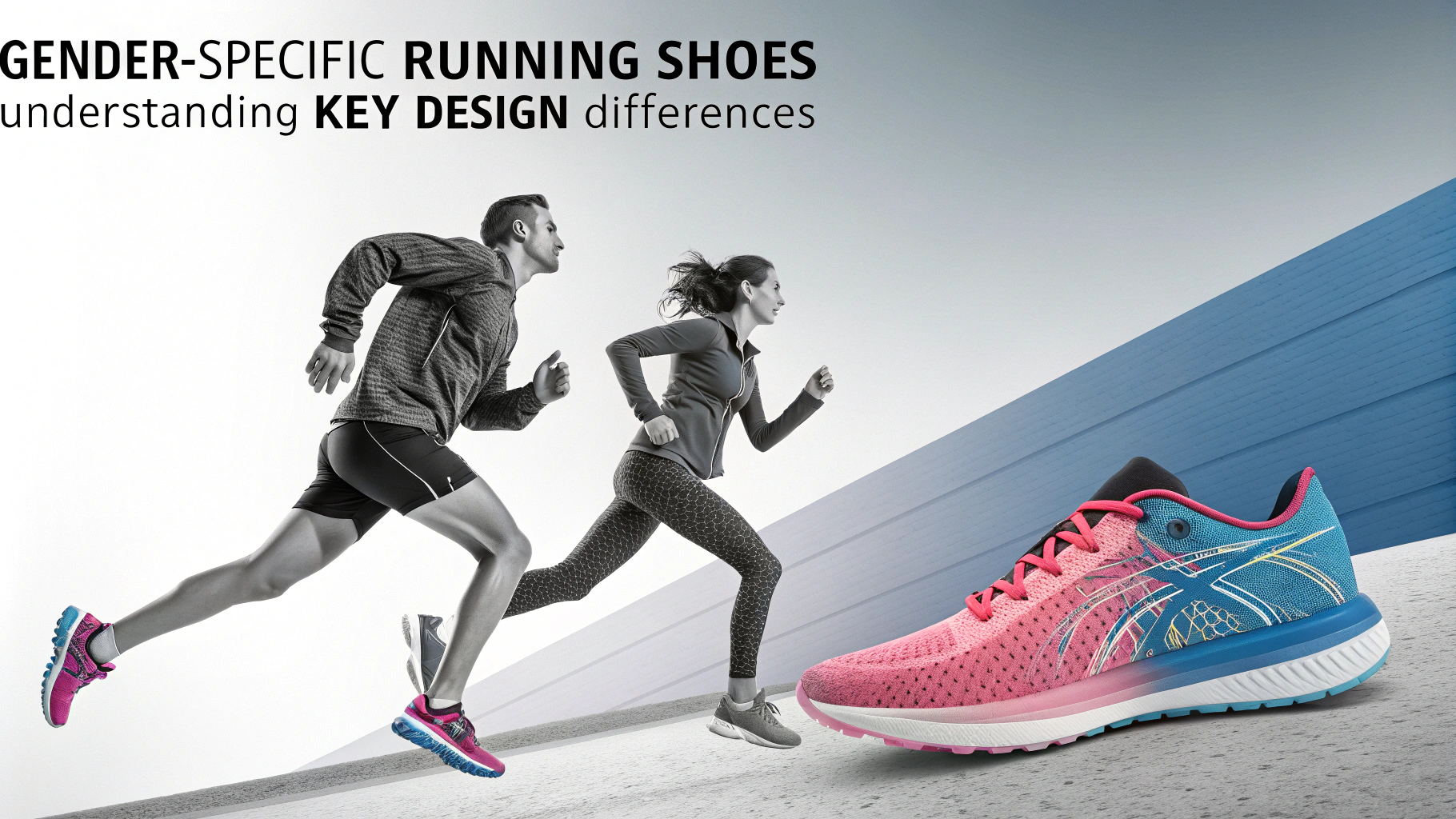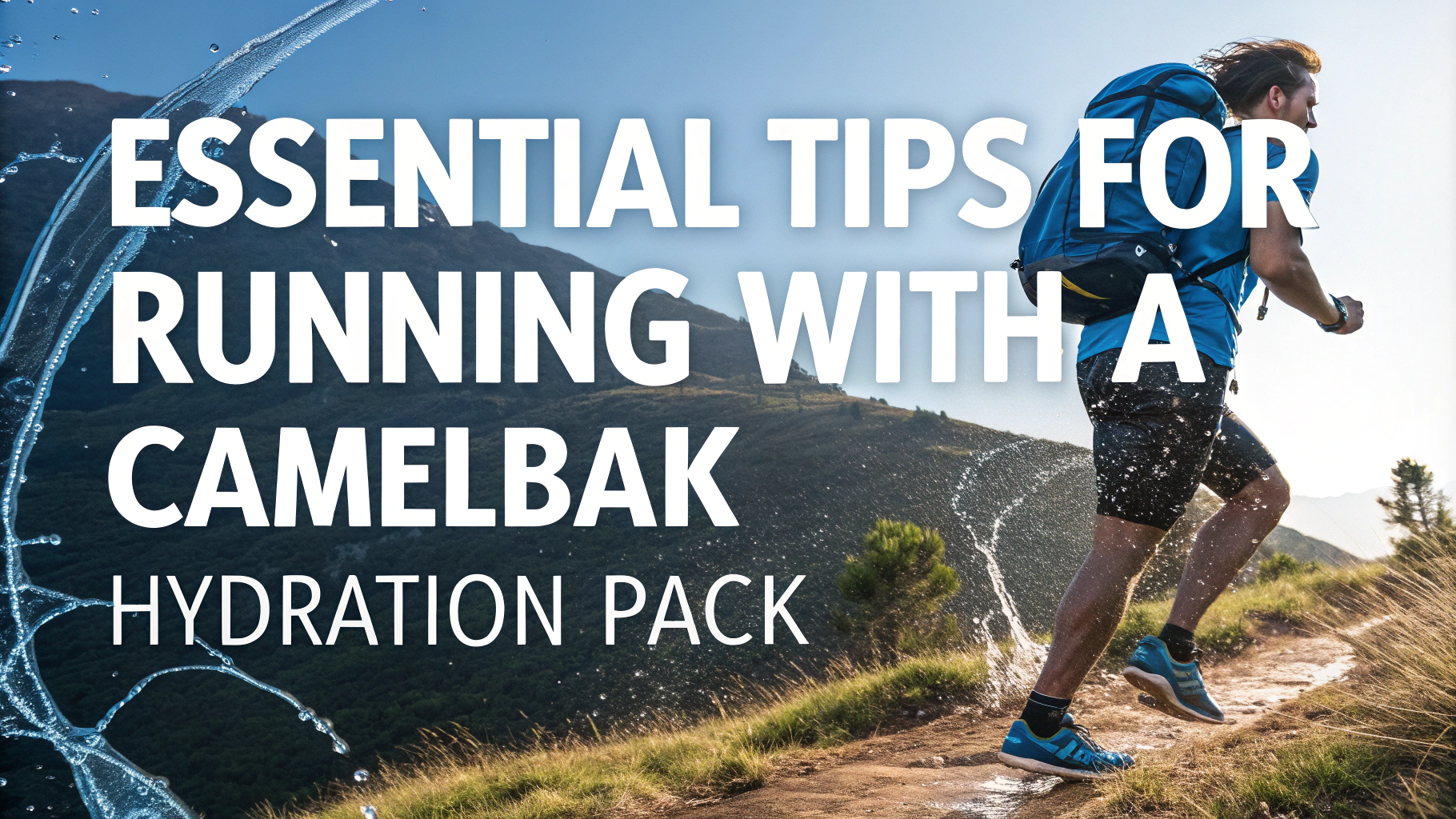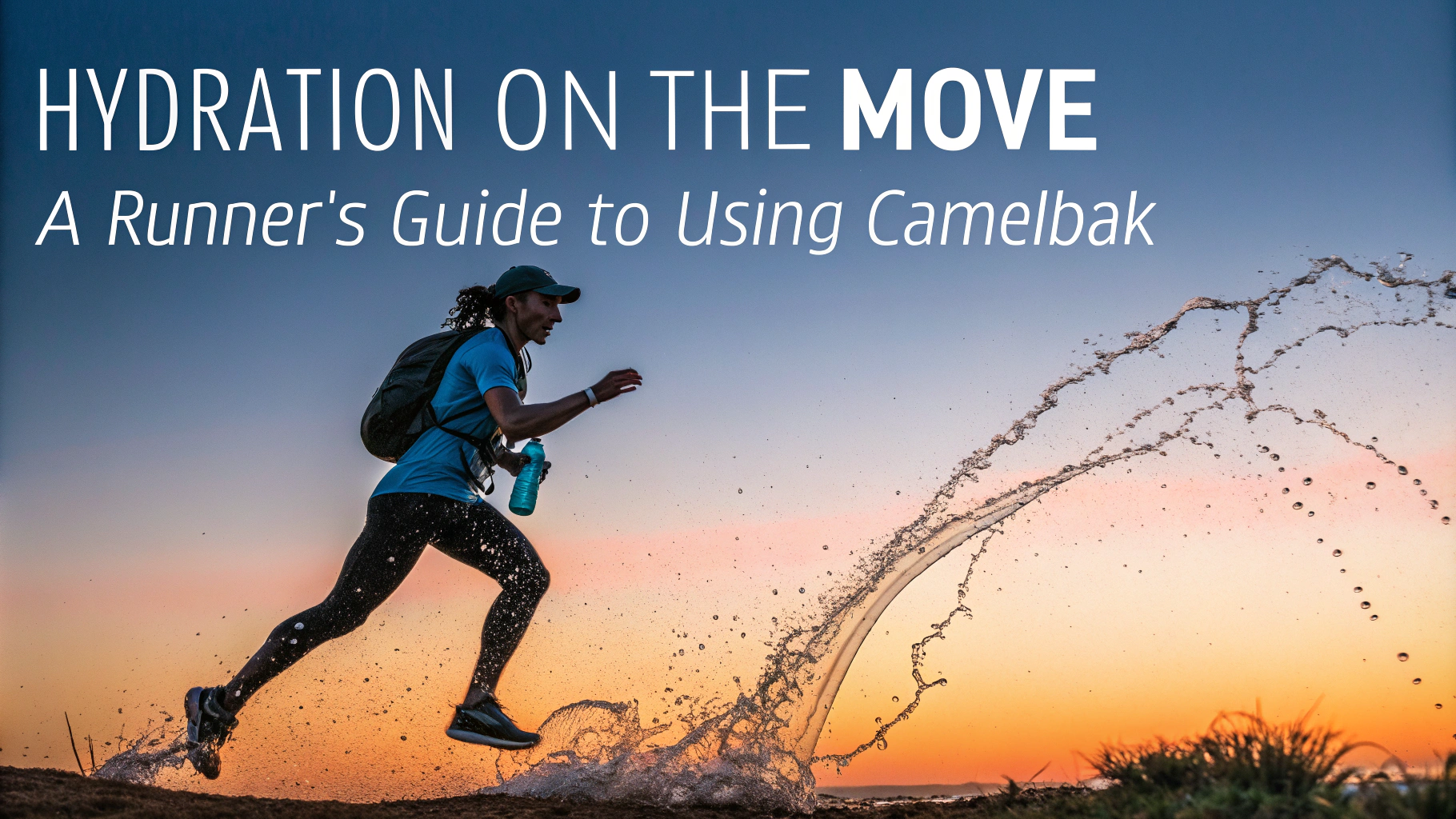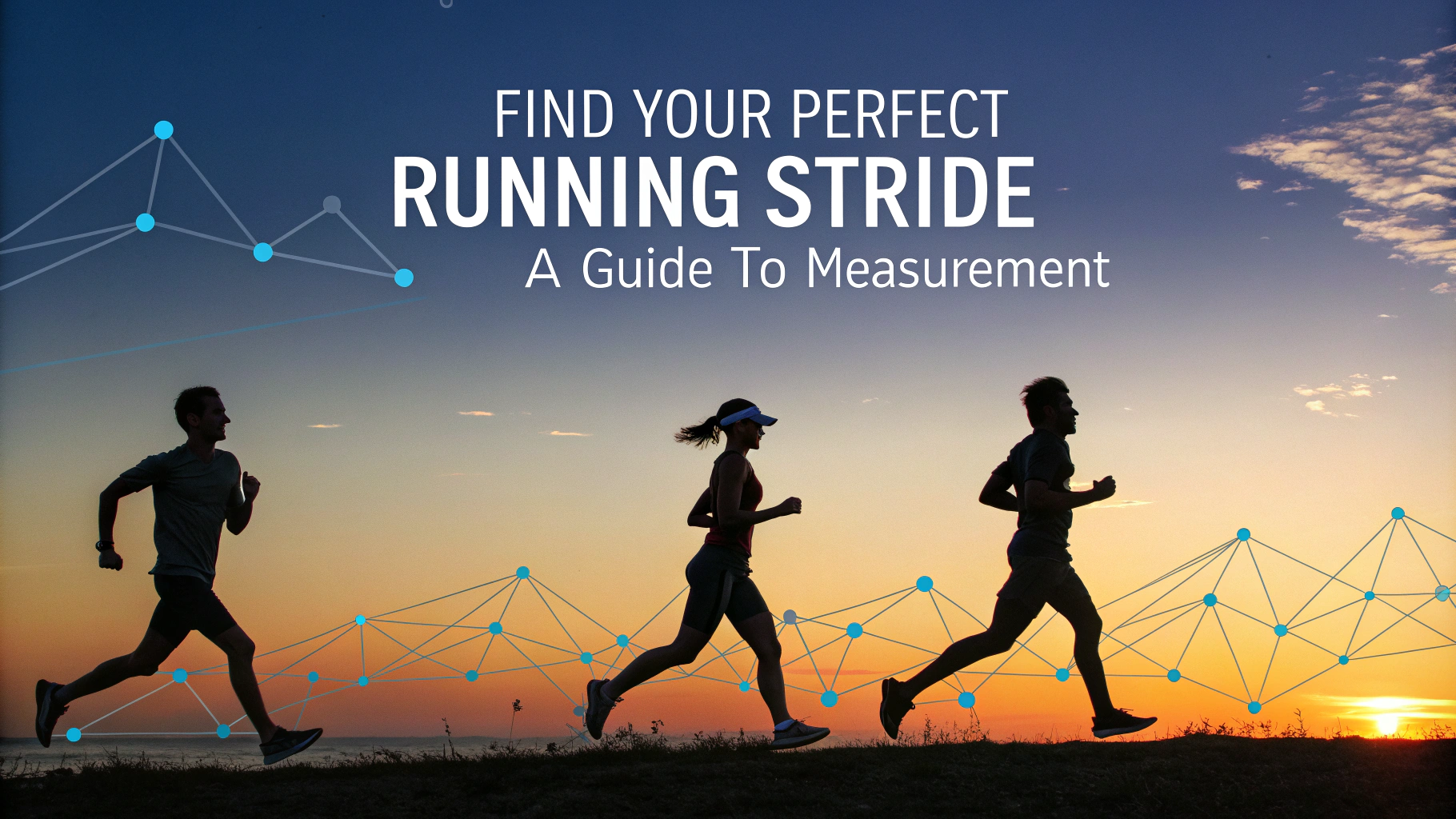Finding your ideal running stride length can help prevent injury and improve your running efficiency.
Your natural stride length is the distance between the heel strike of one foot to the heel strike of the other foot while running at a comfortable pace.
How to Measure Your Stride Length
- Run at a comfortable pace for 100 meters
- Count your steps during this distance
- Divide 100 by your step count
- This gives you your average stride length in meters
Factors Affecting Stride Length
- Height: Taller runners typically have longer strides
- Speed: Faster running usually increases stride length
- Terrain: Uphill running shortens stride, downhill lengthens it
- Flexibility: Better hip mobility allows for longer strides
The average stride length for recreational runners ranges between 1.0 to 1.5 meters (3.3 to 4.9 feet).
Quick Tips for Optimizing Your Stride
- Keep your cadence between 170-180 steps per minute
- Land with your feet under your body, not ahead
- Maintain relaxed shoulders and arms
- Focus on lifting your knees slightly
Common Stride Issues and Solutions
| Issue | Solution |
|---|---|
| Overstriding | Increase cadence, focus on landing under your center of mass |
| Short, choppy strides | Work on hip mobility and leg strength |
| Inconsistent stride | Practice running drills and use a metronome app |
Recommended Tools for Stride Analysis
- Running apps: Strava, Nike Run Club
- Video analysis tools: Hudl Technique, Coach’s Eye
- Running watches: Garmin, Polar, Apple Watch
If you’re experiencing persistent running issues, consider consulting a running coach or physical therapist specializing in running mechanics.
For professional stride analysis, contact the USA Track & Field Coaches Registry to find certified coaches in your area.
Training Exercises to Improve Stride
- A-skips and B-skips
- High knees
- Butt kicks
- Bounding exercises
- Carioca drills
Progressive Stride Development Plan
Week 1-2
- Focus on proper form at slower speeds
- Practice cadence drills
- Incorporate basic running drills
Week 3-4
- Increase speed while maintaining form
- Add strength training exercises
- Include hill workouts
When to Adjust Your Stride
- After recovering from injury
- When training for different race distances
- If experiencing recurring pain
- When transitioning to different running surfaces
Conclusion
Developing an efficient running stride is a gradual process that requires patience and consistent practice. Focus on maintaining proper form before increasing speed or distance. Regular assessment and adjustments will help prevent injuries and improve overall running performance.
Remember that every runner is unique, and what works for others may not work for you. Listen to your body and make adjustments accordingly.
Track your progress and celebrate small improvements as you work toward your optimal running form.
FAQs
- What is the ideal stride length for running?
There’s no universal ideal stride length as it depends on your height, leg length, and running speed. Generally, your stride should feel natural and allow your feet to land beneath your body, not ahead of it. - How can I measure my running stride length?
Run a known distance (like 100 meters), count your steps, then divide the distance by the number of steps. Alternatively, run on a track and measure the distance between your footprints. - Does stride length affect running efficiency?
Yes, stride length significantly impacts running efficiency. Overstriding wastes energy and increases injury risk, while too short strides can reduce speed and increase fatigue. - What’s the relationship between cadence and stride length?
Cadence and stride length are inversely related. As cadence (steps per minute) increases, stride length typically decreases. Elite runners generally maintain a cadence of 170-180 steps per minute. - Should I try to change my natural stride length?
Only modify your stride if you’re experiencing pain or injury. Most runners naturally adopt their most efficient stride length. Forced changes can lead to inefficient running and potential injuries. - How does running speed affect stride length?
As running speed increases, both stride length and cadence typically increase. However, the relationship isn’t linear, and each runner has their optimal combination. - What role does height play in stride length?
Taller runners typically have longer natural strides due to longer legs. However, height alone doesn’t determine optimal stride length, as running mechanics and style also play crucial roles. - Can terrain affect my stride length?
Yes, terrain significantly impacts stride length. Uphill running typically requires shorter strides, downhill running often leads to longer strides, and technical trails necessitate adjusted stride lengths for safety. - How do running shoes influence stride length?
Different shoe types can affect stride length. Minimalist shoes often promote shorter strides with midfoot striking, while cushioned shoes might encourage longer strides with heel striking. - What are common stride length mistakes to avoid?
Common mistakes include overstriding (landing too far ahead of your body), bouncing too much vertically, and forcing an unnatural stride length based on others’ running styles.


